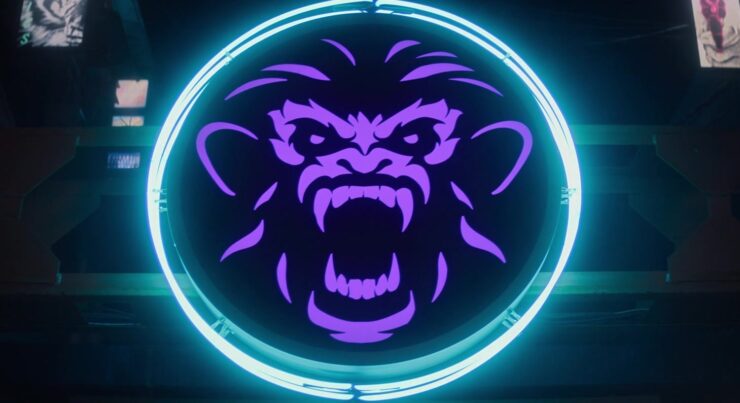The Chinese saying “Tiān gāo huángdì yuǎn” means “The sky is high and the emperor is far away” and implies an attitude of “while the cat’s away the mice will play.”
This may be used as the most charitable description of the city of Madripoor as represented in Marvel Comics and the cinematic universe it has inspired.
Chris Claremont may not have been aware of the Chinese phrase when he introduced Madripoor in New Mutants Vol. 1, No. 32 . The release date for the issue, 25 June 1985, was 12 years and one week from the expiration of the United Kingdom’s lease on Hong Kong, on which the fictional location was partly based. Madripoor has also been said to have taken inspiration from Singapore, as an important port, cultural melting pot, and former British colony.
In the 40 years since Madripoor’s debut, through 359 comic book issues, it has been characterized as the hub of various forms of sketchy financial practices, illicit trade, and organized crime. The island principality is a de facto rogue state with a history of piracy and drug trafficking. All forms of gambling appear to be legal as does some unethical scientific experimentation. Stateless sponsors of terrorism, particularly Hydra, have often sought haven there.
Writers of the comics have used Madripoor to contrast morally ambiguous protagonists such as Black Widow, the Punisher, Deadpool and others with villains so compromised they can only be described as evil. The setting is, in nearly 70% of the issues that feature it, a showcase for Wolverine, X-23, and/or other mutants making the name of Madripoor a signal of imminent mutant storylines in the MCU.
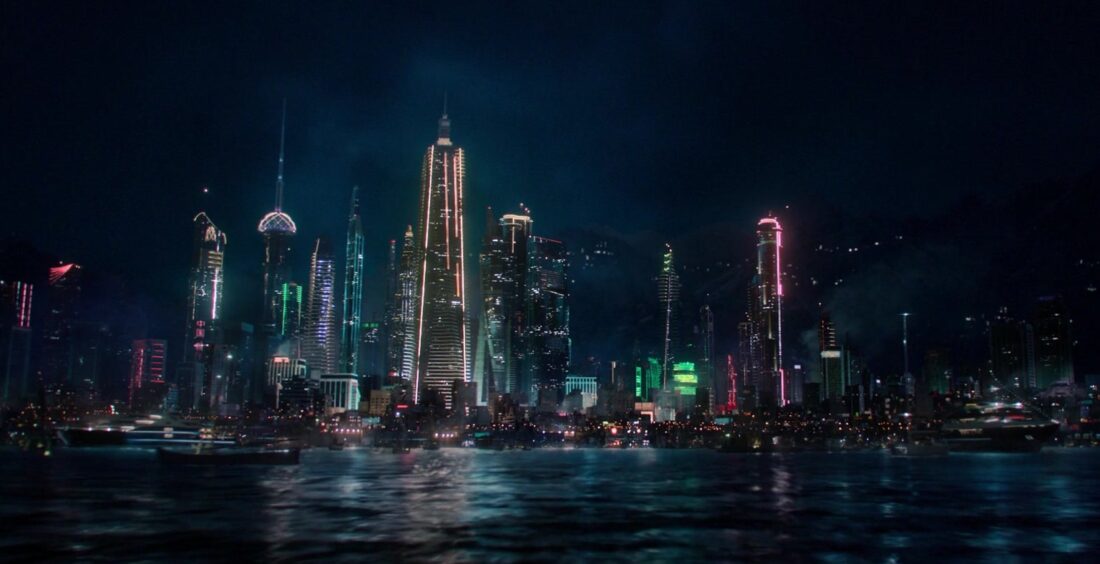
But it is a beacon of another kind—to Indonesians. On May 2, 2012, Zonautara.com ran an article: “Dimana letak Madripoor, pulau yang disebut di Indonesia dalam serial Marvel ‘The Falcon and The Winter Soldier’?” by Ronny Adolof Buol. Prompted by the following lines in the third episode of the series, the article draws attention to the choice by Marvel Studios to place Madripoor within Indonesia’s borders.
Sam: “What’s up with Madripoor? You guys talk about it like it’s Skull Island.”
Bucky: “An island nation in the Indonesian archipelago. Pirate sanctuary back in the 1800s.”
Zemo: “It’s kept its lawless ways.”
This explanation of Madripoor is provided by an American victim of Russian brainwashing and a Sokovian, presumably the recipient of a Soviet Bloc-style education. “Lawless” might mean “imperialist” to one or both of them on some level.
I was actively collecting comic books when Madripoor was introduced. The association with Indonesia had never been made quite this clear or canonical. Until this scene, I had never associated Madripoor with Indonesia. This is a sour note in The Falcon and the Winter Soldier, heard again in Echo.
But, of course, I’d have noticed this second sort of signal even without Bucky’s exposition.
My father was born in 1939 in the West Java city of Sukabumi, in what was then still the Dutch East Indies; he was born under colonial rule. During World War II, when the Japanese invaded, they placed Dutch and Indonesian alike (of which my father was both) in prison camps. He was only three years old. I do not know in which camp he was held but he would very likely have been under the guard of the Japanese 16th Army.
General Douglas MacArthur is said to have wanted to lead Allied troops in the liberation of Java but such orders never came from either the Joint Chiefs or President Franklin Roosevelt. Most of the Japanese presence only came to an end after their surrender, which was announced on 15 August 1945. Two days later, Indonesia declared itself independent from the Netherlands. The war for that independence lasted 4.4 years after which, the boy who would become my father was deported, along with all Dutch and half-Dutch like my father, to the Netherlands, a country to which he’d never been, at the age of ten.
Thus far, episodes that show or mention Madripoor have twice almost paused for a remark bordering on racism or to make a cheap joke.
In The Falcon and the Winter Soldier episode “Power Broker,” specific reference to the odor of Madripoor is made. This same point is made in the comics (Old Man Logan, Vol. 2, № 22). In neither case is it complimentary.
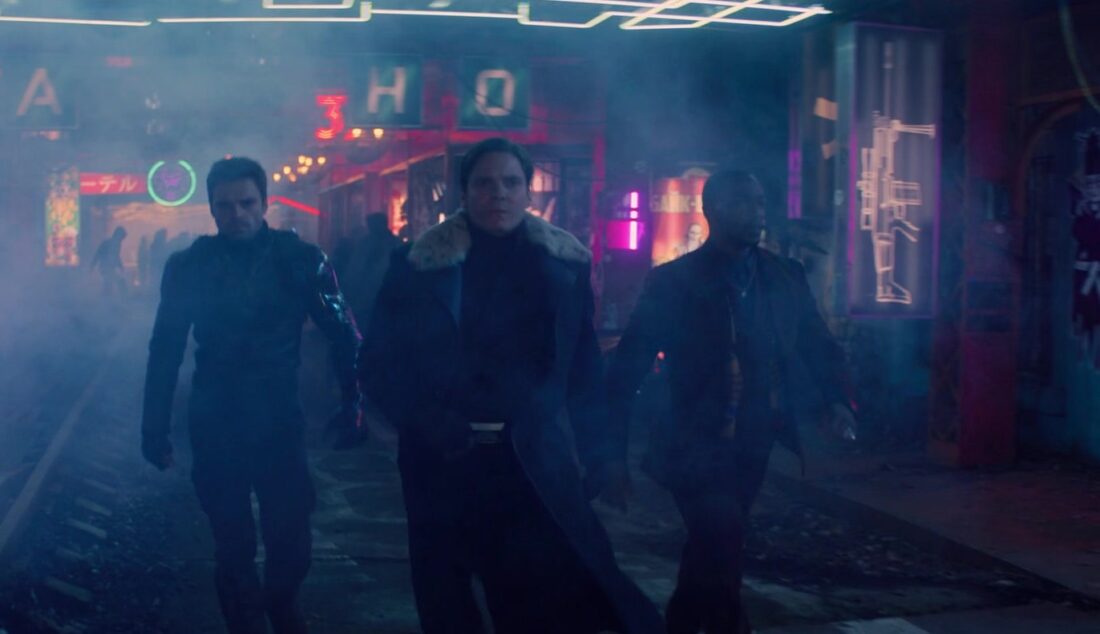
In Echo episode “Lowak,” we get the comment “…but that’s all stuff from Madripoor.” This seems like a ‘file the serial numbers off’ the stereotype that cheap crap comes from Southeast Asia. It’s offensive and completely ignores the fact that such merchandise is made by exploited workers. It may be fair to posit that this is played as a joke and may be meant to express the Native American experience of inauthentic knock-off tribal artifacts being manufactured on the cheap more than 9000 miles away.
Some of this is literally by design. Kari Skogland, the director and executive producer of The Falcon and the Winter Soldier said of the fictional setting: “We wanted to give Madripoor its own individual idea space, signature place. I wanted it to be somewhere both exotic and a bit familiar but off-grid; to have a real street feel but be quite colorful and eye-popping.”
This is Orientalism. In short, the MCU is serving a “chop suey” of tropes about Southeast Asia that were passé since at least the late ‘80s. The representation is as inauthentic an imitation as the aforementioned dish invented to cater to white tastes. Until they make a distinction between Madripoor and Indonesia, what the MCU says about one technically counts against the other.
Madripoor would not risk being offensive had no mention of the Indonesian archipelago had been made. Fictional locations have already been used to play on real world themes in the MCU to great effect.
A year and a month after the annexation of Crimea by Russia, “Sokovia” first appeared in Avengers: Age of Ultron. The story made use of Soviet Era themes to give us understandable origins for both Wanda Maximoff and Helmut Zemo and did so without visiting the true tragedies of life behind the Iron Curtain or the consequences of current Russian irredentist ambition.
Diligent research of and respect for Mesoamerican cultures is strongly evident in Black Panther: Wakanda Forever. The Talokan language is based on Yucatec Mayan. The story of Wakanda as told in Black Panther does not shy away from treatment of slavery and the plight of the African diaspora. It provided the much-needed term of “colonizer” to the experience and, if only based on its box office performance, was seen by many as an uplifting story.
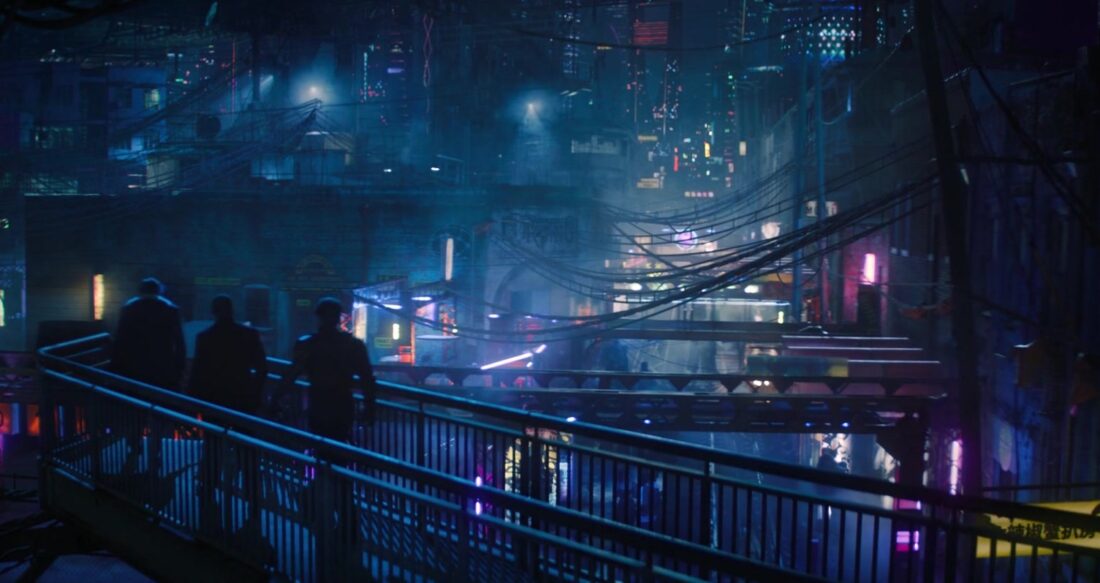
Given that the Dutch presence in Indonesia placed such a priority on spices to export, little arable land was devoted to crops to feed the indigenous people. Natives starved. We—Indonesians—might use the “colonizer” term as well.
The center of Madripoor (based on the simplified map in Marvel Atlas, Vol. 1, № 1) would be near 0° 25′ 51.6″ N, 104° 8′ 45.6″ E, making it 57.574 miles south of the southernmost point of Singapore and 29.779 miles north of the equator. This would also mean Madripoor is one of the Riau Islands, part of Indonesia in the real world.
Let us imagine Madripoor began not as a hideout for the nefarious but as a sanctuary of a different sort. If Marvel in its cinematic universe and comics issues provided a history for Madripoor from which it had fallen, heroes including some new, native ones could work to move the location from tragic circumstances toward more hopeful outcomes. That is what heroes do.
The nearest major city to Madripoor is Singapore; its name derives from the Sanskrit words simhah and puram, meaning “lion” and “city,” respectively. The suffix of Madripoor may suggest a cognate with that of Singapore’s. The potential origin of the “Madri” portion may come from real-world history of the region.
In 1413 or thereabouts, the Riau Islands of which Madripoor must be presumed to be, became part of the Malacca Sultanate. “Madri” may be a contraction of madrasa making the full name the equivalent of the city of the school. European ambitions in Southeast Asia began with the Portuguese. The Malacca Empire fell in 1511. Whatever the ancient names for Madripoor may have been, it might have been changed to Mother’s City from mãe or madre.
It might have become Madripoor some time after the 13th century when Islam began to establish itself in the region. The first two syllables may therefore have been borrowed from madrasa in acknowledgement of the island having been a center for instruction.
Chinese accounts of piracy in the area that would include Madripoor exist from the 15th-century. As a tactic, it is known to have been used as an implement of state by many polities in the region.
In an effort to deal with piracy along the route between the Indian Ocean and the South China Sea, the British and Dutch Empires signed the Anglo-Dutch Treaty of 1824. This led to the creation of the British Straits Settlements which included Malacca, Dinding, Penang, Singapore—and presumably Madripoor.
The European parties signed the treaty in secrecy, without participation by the local nobility. The Sultanate of Johor was effectively divided and a British-aligned puppet monarch was installed in Singapore.
The period of piracy to which Bucky refers almost certainly began as indigenous reaction to the illegitimate shenanigans by England and the Netherlands. A European perspective might conceive of this response as “lawless ways”—as little different from true piracy. From the point of view of Malay and Indonesian people, these new privateers from Madripoor would have been seen as freedom fighters.
The Disney+ series have thus far depicted the ramifications of the Partition of India from a Pakistani-American perspective in Ms. Marvel (2022). In the following year, What If…? season two featured the debut of a new Native American superhero who had not previously been seen in Marvel Comics. The first season of Echo (2024), part of Phase 5, featured a very different Native American story. All of these stories show us that Marvel Studios knows what representation means. The excitement provided to members of the audience for having been seen was made explicitly, proudly textual in the finale of Moon Knight:
Young Egyptian Woman: “Are you an Egyptian superhero?”
Layla El-Faouly / Scarlet Scarab: “I am.”
Since the MCU have made Madripoor’s placement within the Indonesian archipelago canonical, they have created a troublesome situation for themselves and Indonesian representation. This is not yet unsalvageable if they begin to make a clear distinction between Madripoor’s disagreeable reputation and the Indonesian culture they’ve placed it beside.
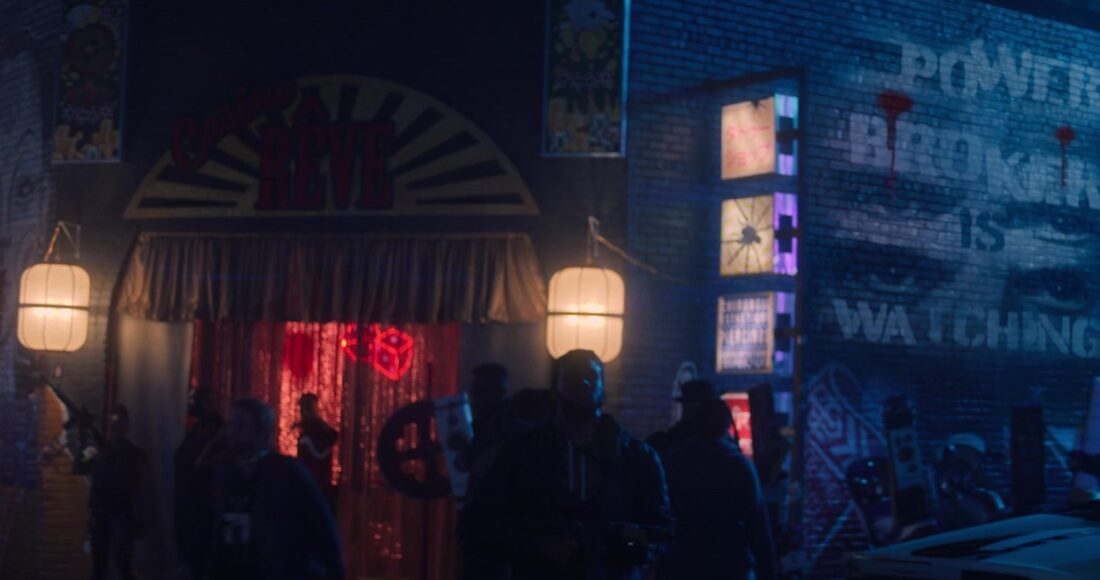
In the real world, Indonesia conducts anti-piracy patrols of the Strait of Malacca, through which over one quarter of global trade transits. Their main partners are Thailand, Malaysia, Singapore, and India.
Show us the Indonesian anti-piracy hero. While the Indian Ocean is vast, it is entirely likely that an Indonesian science hero might be among those who have taken an interest in the petrified remains of Tiamut in that adjacent body of water, last seen in Eternals (2021).
Alternatively, we could meet some home-grown heroes from Madripoor. If there is a fictional location in the MCU badly in need of the equivalent of Robin Hood, Madripoor’s Hightown and Lowtown would be the most likely place to find them. Flashback heroes could show us the original purpose of the sanctuary of Madripoor before it became subverted for criminal purposes or introduce us to the early 19th century resistance Bucky should more properly have called privateers.
The audience of the MCU will probably not be treated to X-Men stories until Phase 7—the second half of 2026 or later. By the time the Xavier Institute for Higher Learning reopens, the development of Indonesia’s new capital city—Nusantara—will have entered its Phase 2. That means there’s still ample time for the writers and directors to differentiate Madripoor from Indonesia and offer the kind of representation and inspiration superheroes can provide.










